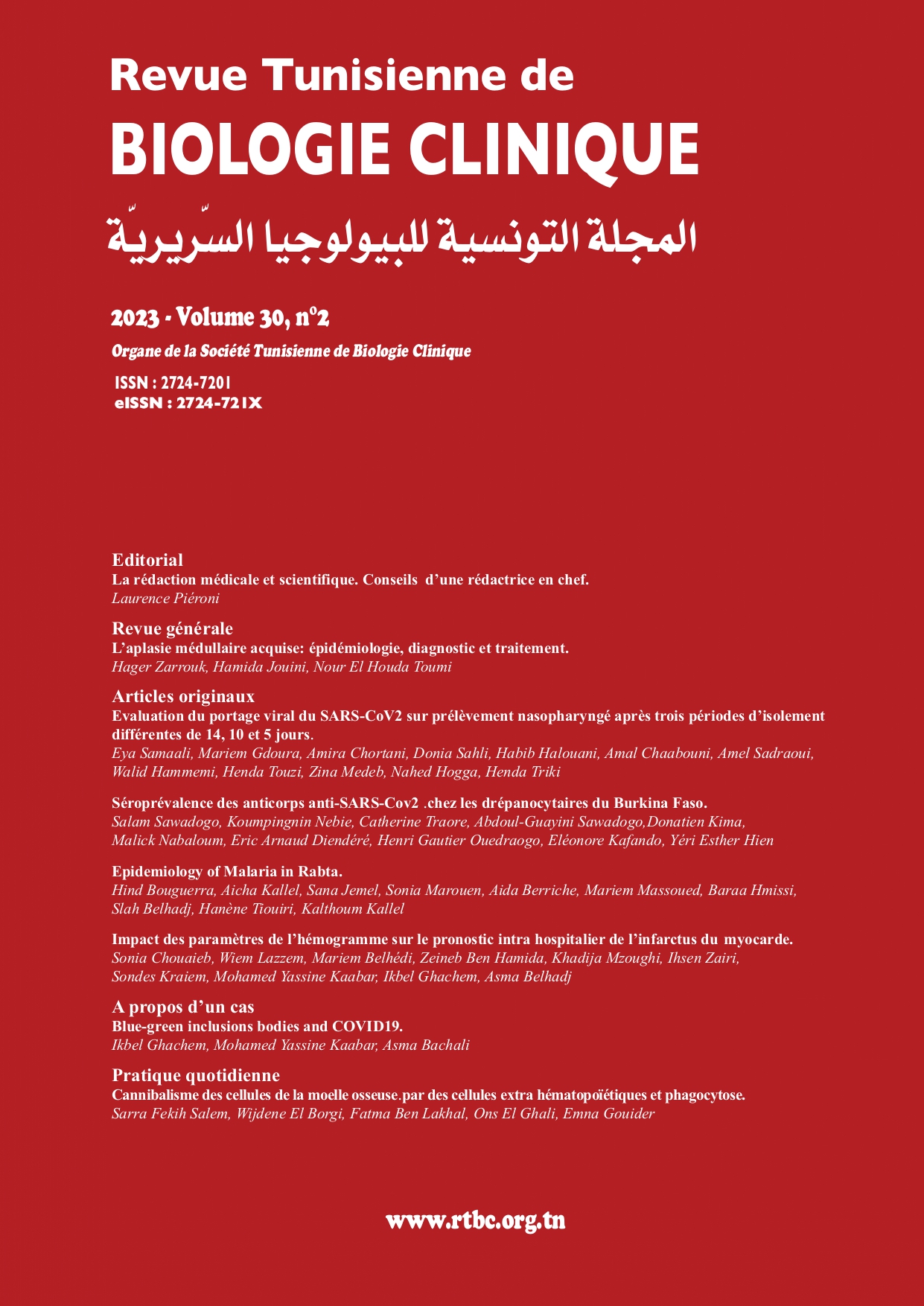Abstract
Introduction: During the COVID-19 pandemic, Tunisia aligned with international recommendations in terms of screening, isolation and release strategies. During the different epidemiological outbreaks, the isolation period has been reviewed twice, from 14 to 10 days, in a first step, in November 2021, and from 10 to 5 days, in a second step, in January 2022. We proposed to assess viral clearance at the end of these different isolation periods and to discuss our results in relation to circulating SARS-CoV2 variants while contextualizing with the vaccine context. Materials and methods: We conducted a prospective study between September 1, 2020 and March 31, 2022 on 3 groups of patients. The 3 groups G1, G2 and G3 were collected after the completion of the current isolation period; 14, 10 and 5 days, respectively. These nasopharyngeal swabs were tested by real-time RT-PCR at the clinical virology laboratory of the IPT. RT-PCR results and Ct values were statistically analyzed by SPSS software. Results: A total of 128 patients were included in this study distributed as follows: n=46 for G1, n=44 for G2 and n=38 for G3. The proportion of negative patients at the end of isolation was the highest in G1 while the proportion of positive patients was the highest in G3. No significant difference was found between the proportions of positives with Ct values <30 between G1 and G2. The average of Ct values was 33,7±2,9, 28,8±2,7 and 22,8±4,5 for G1, G2 and G3, resectively. The differences were statistically significant from one group to another. Discussion: Our results suggest that isolating patients for 10 days guaranteed a resumption of activities with very low viral carriage associated with a negligible risk of viral dissemination. However, the recovery after 5 days appeared to be risky, knowing that the Omicron variant and its circulating sub-variants are extremely contagious in a context of incomplete herd immunity.

This work is licensed under a Creative Commons Attribution 4.0 International License.
Copyright (c) 2023 Revue Tunisienne de BIOLOGIE CLINIQUE

